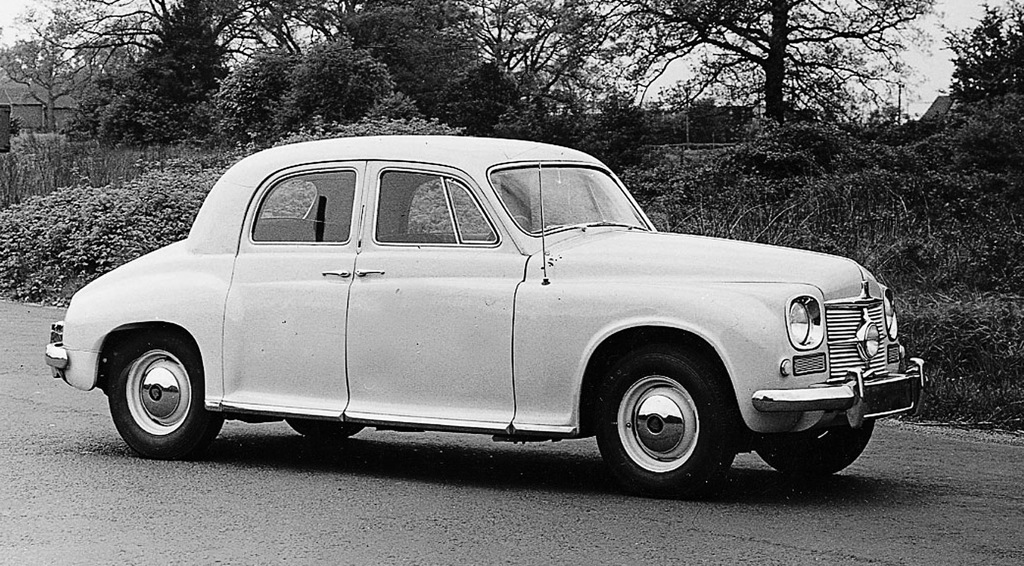
#News rover 16 software
"Self-driving processes that took minutes on a rover like Opportunity happen in less than a second on Perseverance," said veteran rover planner and flight software developer Mark Maimone of NASA's Jet Propulsion Laboratory in Southern California, which leads the mission. While all of NASA's Mars rovers have had self-driving abilities, Perseverance has the most advanced one yet. The rover will do this by relying on its self-driving AutoNav system, which has already set impressive distance records.

They'll also hunt for the best routes the rover can take to ascend the 130-foot-high (40-meter-high) delta.īut first, Perseverance needs to get there. The science team will be searching these images for the rocks they'll eventually want to study in closer detail using the instruments on Perseverance's arm. The closer we get, the more impressive those images will be." "We'll be taking lots of images of the delta during that drive. "The delta is so important that we've actually decided to minimize science activities and focus on driving to get there more quickly," said Ken Farley of Caltech, Perseverance's project scientist. Using a drill on the end of its robotic arm and a complex sample collection system in its belly, Perseverance is collecting rock cores for return to Earth-the first part of the Mars Sample Return campaign. Then, while keeping the camera in the same direction, Ingenuity will backtrack, returning to the same area from where it took off.This delta is one of the best locations on Mars for the rover to look for signs of past microscopic life. Once there, the helicopter will make a 5-meter "sidestep" in order to get side-by-side images of the surface terrain suitable to construct a stereo, or 3D, image. As a result, the timing of Ingenuity's Flight 12 is critical," the Joint Propulsion Laboratory (JPL), which flies the aircraft on Mars said in a statement.ĭuring the flight, Ingenuity will climb to an altitude of 10 meters and fly approximately 235 meters east-northeast toward the area of interest in Séítah.

Thanks to its newly enabled AutoNav capability, Perseverance is quickly moving northwest across the southern ridge of Séítah (white path) and will meet Ingenuity in the coming days.

But, Flight 12 has the potential to have more impactful results. "This latest effort will be similar to Flight 10, where we performed some location scouting for the Perseverance team of a surface feature called Raised Ridges. The flight, which will mark the 174th sol (martian days) for the quadcopter, will see it venture into the geologically intriguing "South Séítah" region. Nasa is looking to collect about 35 samples that would be returned via future spacecraft in a decade. "The hardware performed as commanded but the rock did not cooperate this time," Jandura wrote in an online update. Imaging by the rover and its companion helicopter, Ingenuity, show the sedimentary rock should be much better for sampling there, Louise Jandura, chief engineer for Perseverance's sampling campaign, had said earlier. It'll be interesting to see what clues this next spot holds," the rover said in a tweet. "Can already see the landscape around me changing. The team has now said that the rover is headed towards some layered rocks that it spotted from a distance a few weeks back. Engineers had drilled to the proper depth of nearly 8 centimeters, and pictures of the borehole looked good. Nasa blamed the unusually soft rock for the sampling fiasco stating that the rock was not strong enough to produce a core sample, and the small, powdery fragments remained in the hole or ended up in the cuttings pile - or both.


 0 kommentar(er)
0 kommentar(er)
